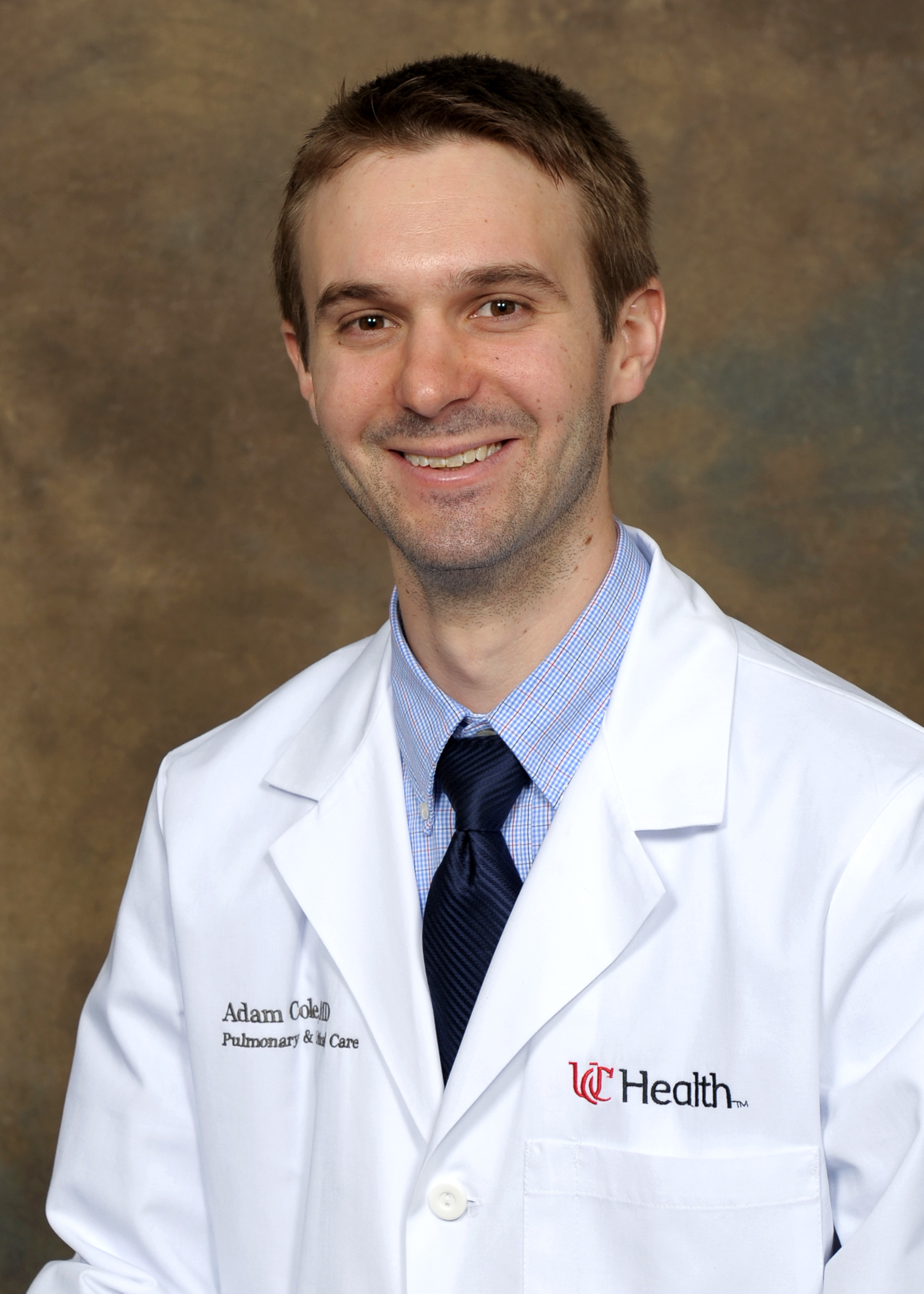Home Spirometry Is the Future of Monitoring Lung Disease Progression in LAM Patients
Home spirometry is being added as a secondary end point in a lymphangioleiomyomatosis (LAM) trial soon to begin enrollment at the University of Cincinnati (UC) Medical Center. Its inclusion is aimed at helping to assess the feasibility and reliability of performing home spirometry among patients with LAM. “Checking lung function more often will result in more closely monitored treatment response, and also enable us to make treatment decisions in a much shorter time frame,” said Nishant Gupta, MD, assistant professor of medicine, and director of UC Medical Center’s Interstitial Lung Diseases Center.

UC Medical Center researchers are studying the feasibility and reliability of home spirometry use among LAM patients.
Starting in December 2017, 25 patients will be recruited to participate in the Resveratrol and Sirolimus in Lymphangioleiomyomatosis Trial (RESULT), NCT03253913 (clinicaltrials.gov). UC Medical Center will be the sole study site; Dr. Gupta is the principal investigator, and Adam Cole, MD, assistant professor of medicine, and Francis X. McCormack, MD, Taylor Professor and director, division of pulmonary, critical care and sleep medicine, are co-investigators. This 24-week, phase II dose-escalating, open-label, safety, and efficacy study will determine if adding resveratrol to sirolimus benefits patients with LAM. The study will also assess the combined drugs’ safety and adverse effects, and determine if there are changes in lung function and quality of life. “We are adding home spirometry as another endpoint, through funding from the UC Heart Lung and Vascular Institute,” Dr. Gupta said. Patients will be asked to perform spirometry weekly and report results to the study team.
According to Dr. Cole, even though most LAM patients have become accustomed to performing spirometry, maintaining proper technique in the home setting without the help of a technician can be challenging for patients. To help patients meet this challenge, the study team is incorporating a tablet-based solution that features an avatar to coach the patients through the maneuver and provide feedback based on spirometry quality. “There are standards regarding acceptable spirometry maneuvers and the computer has the capability of assessing the patient’s effort for acceptability criteria,” Dr. Cole said.
The current standard of monitoring treatment response in patients with LAM is through repeated measurements of lung function performed via office-based spirometry, which is “the most robust measurement of lung function over time,” said Dr. Cole. Currently, spirometric measurements are taken during clinic visits, generally every three to six months, Dr. Gupta said, and “it takes at least 3-4 spirometric measurements performed over a 12-18 month time frame to be confident about treatment response and the trajectory of the disease.” With the use of home spirometry and patients checking their lung function on a regular (weekly) basis, “we could assess the trajectory of the disease in a much shorter period, perhaps in a three month time frame, resulting in a shorter time interval to decide whether to change treatment.” According to Dr. Gupta, a three-month use of home spirometry predicted survival in patients with idiopathic pulmonary fibrosis1 – “we hope to replicate these results in LAM patients.”
Another LAM study, Multicenter Interventional Lymphangioleiomyomatosis Early Disease Trial (MILED) NCT03150914 (clinicaltrials.gov), will also add home spirometry as a secondary end-point. Dr. McCormack is the principal investigator of this multi-site study. The primary objective is to determine if early, long-term (2-year), low dose (1mg/day) sirolimus treatment in patients with LAM with well-preserved lung function will prevent future disease progression.
Note: Patients who are interested in participating should contact the study coordinators, Nathan Robbins, robbinnn@ucmail.uc.edu or Susan McMahan, mcmahasn@ucmail.uc.edu.
Reference
1. Russell AM, Adamali H, Molyneaux PL, et al. Daily Home Spirometry: An Effective Tool for Detecting Progression in Idiopathic Pulmonary Fibrosis. Am J Respir Crit Care Med 2016;194:989-97.
 Nishant Gupta, MD
Nishant Gupta, MD
Assistant Professor of Medicine
Director – Interstitial Lung Diseases Center,
Division of Pulmonary Critical Care and Sleep Medicine
University of Cincinnati Medical Center
PHONE: 513-558-4831
EMAIL: guptans@ucmail.uc.edu
Connect with Dr. Gupta on Doximity
Adam Cole, MD
Assistant Professor of Medicine
Division of Pulmonary, Critical Care and Sleep medicine
University of Cincinnati Medical Center
PHONE: 513-558-4831
EMAIL: adam.cole@uc.edu


